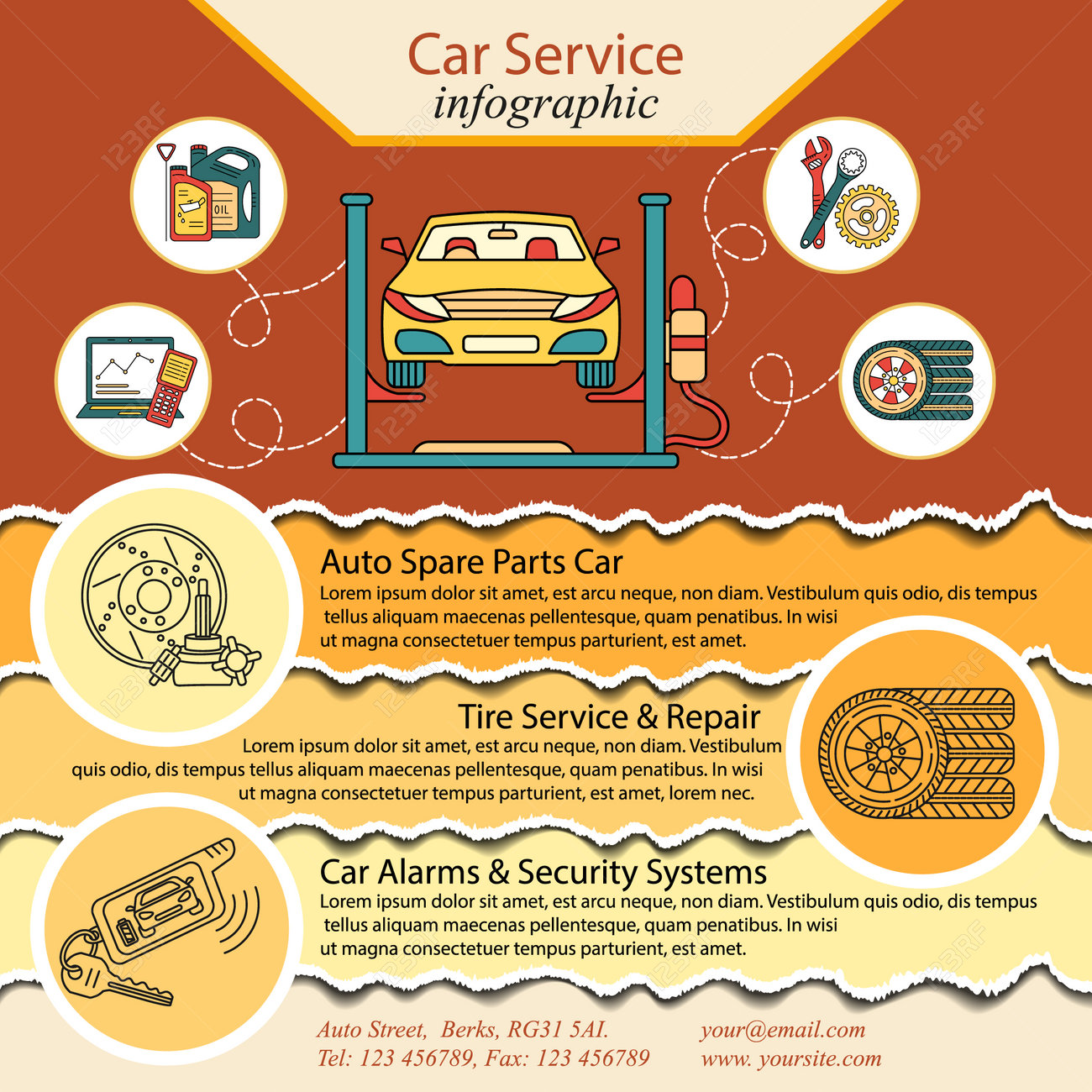Recognizing Your Car'S Warning Lights: What Do They Actually Mean?
Recognizing Your Car'S Warning Lights: What Do They Actually Mean?
Blog Article
Posted By-Lim Corbett
When you lag the wheel, those radiant warning lights on your control panel can be a little bit difficult. Do you understand what they're attempting to inform you concerning your car's health? Recognizing https://zanderzuojn.mybuzzblog.com/9542869/improve-your-auto-describing-capabilities-with-seasonal-approaches-to-preserve-your-vehicle-s-sparkle-and-security-uncover-techniques-to-conquer-the-specific-hurdles-of-every-season of these lights is crucial for your security and the long life of your car. So, the next time one of those lights pops up, would not you intend to analyze its message accurately and take the necessary steps to address it?
Common Warning Lighting and Interpretations
Determine usual caution lights in your vehicle and recognize their meanings to ensure risk-free driving.
One of the most normal warning lights include the check engine light, which indicates problems with the engine or emissions system. If this light comes on, it's critical to have your lorry inspected immediately.
The oil stress cautioning light indicates reduced oil pressure, requiring prompt attention to prevent engine damage.
A blinking battery light may suggest a damaged billing system, possibly leaving you stranded if not dealt with.
The tire stress tracking system (TPMS) light alerts you to reduced tire stress, impacting lorry security and gas performance. Ignoring this might result in unsafe driving conditions.
https://turnto10.com/i-team/consumer-advocate/will-new-rhode-island-auto-parts-bill-protect-consumers-or-create-new-costs shows a problem with the anti-lock stopping system, compromising your ability to stop rapidly in emergencies.
Finally, the coolant temperature cautioning light warns of engine overheating, which can cause severe damage otherwise settled quickly.
Comprehending these usual caution lights will assist you address problems immediately and keep risk-free driving problems.
Value of Prompt Interest
Understanding the common caution lights in your auto is just the first step; the relevance of without delay addressing these warnings can't be highlighted enough to ensure your security when driving.
When a caution light illuminates on your dashboard, it's your auto's method of communicating a prospective issue that requires focus. Disregarding https://rivervqkfz.dailyblogzz.com/30479154/polish-your-automobile-outlining-abilities-with-seasonal-insights-to-maintain-your-lorry-looking-excellent-and-protected-check-out-how-to-handle-the-distinct-challenges-that-include-each-season can lead to more extreme troubles in the future, endangering your safety and security and potentially costing you a lot more in repairs.
Motivate focus to advising lights can avoid failures and accidents. For example, a flashing check engine light can suggest a misfire that, if left neglected, might cause damage to the catalytic converter. Resolving this promptly can save you from an expensive repair work.
In a similar way, a brake system cautioning light might signal reduced brake fluid or worn brake pads, important elements for your safety when driving.
DIY Troubleshooting Tips
If you see a caution light on your dashboard, there are a few DIY fixing pointers you can attempt before looking for professional help.
The very first step is to consult your car's manual to understand what the specific caution light indicates. Often the issue can be as easy as a loose gas cap activating the check engine light. Tightening the gas cap might solve the issue.
Another common issue is a low battery, which can cause different cautioning lights. Examining the battery links for deterioration and guaranteeing they're safe and secure might take care of the issue.
If a caution light persists, you can attempt resetting it by disconnecting the automobile's battery for a few mins and after that reconnecting it. In addition, inspecting your lorry's fluid levels, such as oil, coolant, and brake liquid, can aid troubleshoot alerting lights related to these systems.
Final thought
Finally, recognizing your automobile's caution lights is essential for keeping your vehicle running smoothly and securely. By promptly addressing these informs and recognizing what they mean, you can avoid costly repair work and potential break downs.
Bear in mind to consult your vehicle's manual for certain details on each cautioning light and take action as necessary to make certain a hassle-free driving experience.
Stay informed, stay secure when traveling!
